- Home
- >
- Knowledge Center
- >
- Blogs
Blogs
Sharing knowledge is key to an innovative and healthy industry! This knowledge center is therefore a central place on our website to share information. Read all about our industry in the blogs below!
Exploring the Essential Role of Tanker Parts in Modern Maritime Industry Efficiency
In the rapidly evolving maritime industry, the significance of efficient tanker operations has never been more pronounced. According to a recent report by Allied Market Research, the global tanker shipping market is projected to reach $60 billion by 2027, underscoring the critical nature of tanker functionality in sustaining global trade.
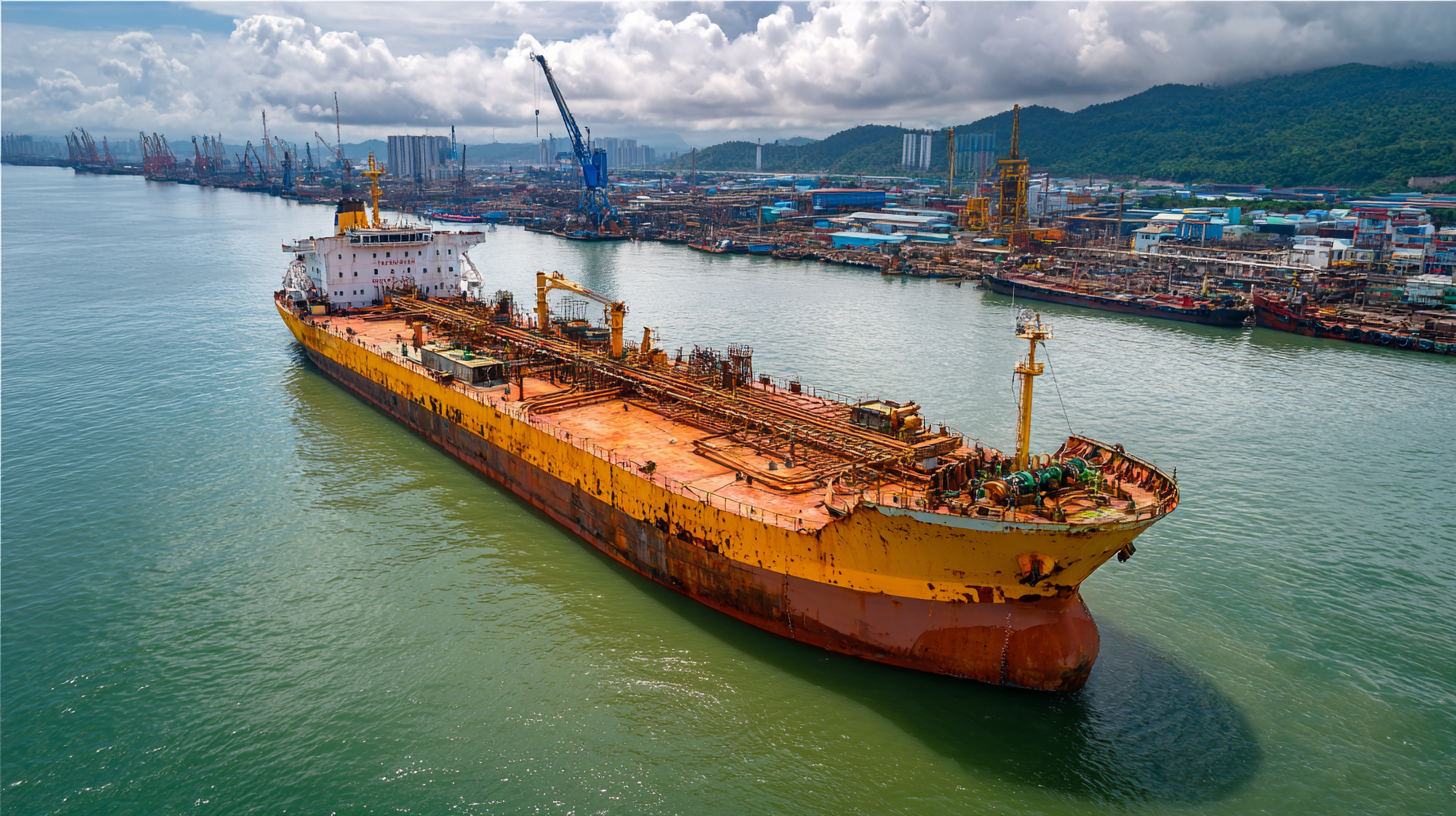
Central to this efficiency are the essential components collectively referred to as "Tanker Parts." These components ensure the optimal performance, safety, and reliability of tankers, which are vital for transporting liquid cargoes across oceans. As the industry faces increasing regulatory pressures and the demand for environmentally sustainable practices, the need for high-quality tanker parts becomes paramount.
This exploration highlights not only their pivotal role in operational efficiency but also their impact on reducing downtime and operational costs in a competitive maritime landscape.
The Critical Components of Tanker Parts in Enhancing Operational Efficiency
In the modern maritime industry, the efficiency of tanker operations is significantly influenced by the critical components of tanker parts. These parts, ranging from pumps and valves to hull fittings and navigation systems, play a vital role in ensuring safe and effective transportation of goods. By optimizing the functionality of these elements, shipping companies can minimize downtime and enhance overall operational efficiency, which is essential in today’s increasingly competitive market.
**Tips:** Regular maintenance and timely upgrades of tanker parts can prevent unexpected failures. Ensuring that all components are compatible and of high quality can also lead to substantial cost savings in the long run. Adopting advanced technology in monitoring systems can provide real-time data for proactive decision-making.
Moreover, investing in innovative materials and designs can substantially improve the performance of tankers. For instance, corrosion-resistant coatings on critical parts can extend their lifespan and reduce maintenance costs. By staying abreast of technological advancements, maritime operators can ensure that their tankers remain efficient and reliable, ultimately contributing to their bottom line and sustainability in the industry.
**Tips:** Collaboration with manufacturers for custom solutions may yield more efficient components tailored to specific operational needs. Training crew members on the functions and importance of various tanker parts can also enhance operational efficiency by facilitating better usage and care of the equipment.
Exploring the Essential Role of Tanker Parts in Modern Maritime Industry Efficiency - The Critical Components of Tanker Parts in Enhancing Operational Efficiency
| Component | Description | Material | Importance in Efficiency |
|---|---|---|---|
| Pumps | Used for transferring liquids and facilitating the loading and unloading processes. | Stainless Steel, Alloy | High efficiency in operations and reduced downtime. |
| Valves | Regulate flow and pressure within the pumping systems. | Brass, Bronze | Critical for safety and maintaining optimal flow rates. |
| Hoses | Flexible conduits for transporting liquids. | Rubber, PVC | Enhances operational flexibility and reduces risk of leaks. |
| Filters | Remove impurities from liquid cargoes. | Synthetic Media | Ensures cargo purity and prevents system failures. |
| CPI (Continuous Pressure Indicator) | Monitors the pressure levels in the systems. | Plastic, Metal | Improves monitoring and increases safety in operations. |
Key Statistics on Tanker Downtime and Maintenance Costs for Improved Performance
Tanker downtime is a critical concern for the maritime industry, with reports highlighting that unplanned maintenance can consume up to 20% of a vessel's operational time. According to a recent study by the International Maritime Organization (IMO), the average cost of downtime for tankers amounts to approximately $1.2 million per vessel per year. This figure underscores the financial impact of maintenance issues, reinforcing the need for a robust maintenance strategy to minimize disruptions.
In addressing these challenges, the role of tanker parts becomes pivotal. Effective tracking and management of components can lead to a 15% reduction in maintenance costs, as evidenced by statistics from Lloyd’s Register. By investing in high-quality parts and implementing predictive maintenance strategies, operators can extend the lifecycle of key components, thus enhancing overall efficiency. The integration of advanced technologies, such as IoT-based monitoring systems, further allows for real-time data analytics, reducing the likelihood of unexpected failures and optimizing performance. This proactive approach not only lowers maintenance expenses but also improves the reliability of tankers, fostering greater operational efficiency in an increasingly competitive maritime landscape.

Innovations in Tanker Part Technology: Trends and Their Impact on Fuel Efficiency
The advancements in tanker part technology have become a cornerstone of enhancing fuel efficiency in the maritime industry. With rising operational costs and increased regulatory scrutiny on emissions, stakeholders are increasingly focusing on optimizing the components within tankers. Innovations such as improved hull designs, lightweight materials, and advanced propulsion systems are not only reducing drag but also ensuring that vessels are more fuel-efficient. These technological upgrades enable tankers to travel longer distances with less fuel, ultimately lowering the carbon footprint associated with maritime transport.
In addition to structural innovations, smart technologies and automation are revolutionizing the way tanker parts function. The integration of IoT sensors and analytics allows for real-time monitoring and predictive maintenance, helping operators to identify inefficiencies before they escalate. This proactive approach not only cuts down on fuel waste but also enhances overall operational reliability. As the industry continues to prioritize sustainability, these trends in tanker part technology will play a vital role in shaping a greener and more efficient maritime future.
Regulatory Compliance: How Quality Tanker Parts Ensure Maritime Safety Standards
In the modern maritime industry, regulatory compliance has become increasingly critical, particularly concerning the structural integrity and safety of tanker vessels. The recent decision by Panama to cease the registration of oil tankers and bulk carriers older than 15 years underscores the heightened scrutiny on aging fleets. This move reflects the broader industry trend toward maintaining stringent safety standards, which rely heavily on the use of quality components. High-quality tanker parts not only enhance the operational efficiency of vessels but also ensure adherence to safety regulations, helping operators meet the required international maritime safety standards.
Moreover, the evolving regulatory landscape necessitates that shipping companies remain vigilant in their compliance efforts. For instance, guidelines from authorities such as Transport Canada are pivotal in establishing and enforcing safety standards tailored to current maritime risks. Keeping up with these regulations is essential for ship owners to avoid sanctions and ensure the safety of maritime operations. As the industry advances towards sustainability, particularly with initiatives in places like Singapore focusing on low- and zero-carbon solutions, the role of reliable tanker parts in facilitating compliance with new environmental standards will become even more important.
Maximizing Lifespan: Best Practices for Maintaining Tanker Parts in Service
Maintaining the efficiency of a maritime fleet heavily relies on the proper upkeep of tanker parts. Regular maintenance not only prolongs the lifespan of these critical components but also enhances the overall performance of the vessels. A proactive approach to tankers' maintenance can mitigate costly repairs and downtime, ensuring operations run smoothly.
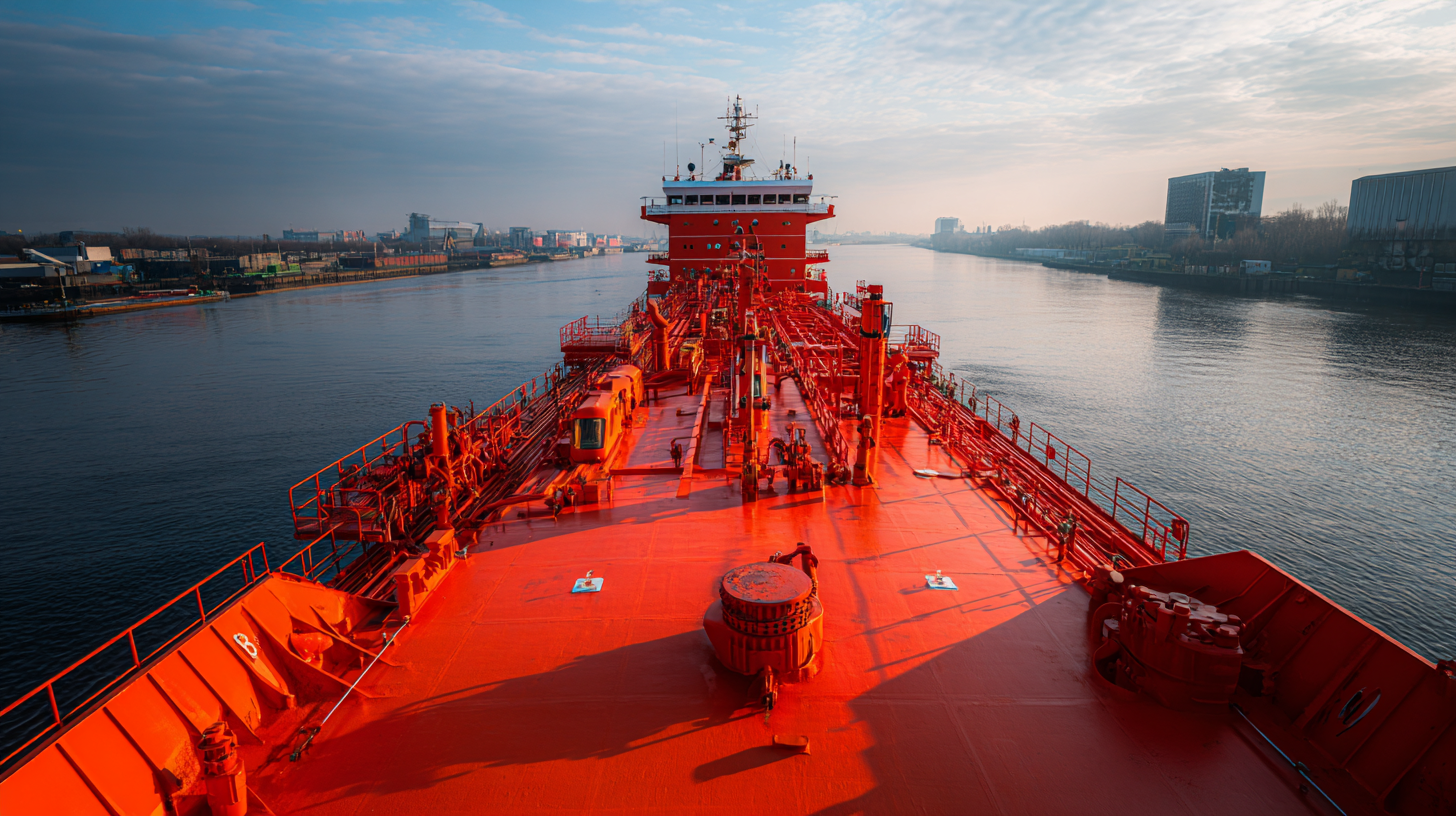
Tips for Maintenance:
One essential practice is to implement a routine inspection schedule. Regular checks can help identify wear and tear on parts such as pumps and valves before they lead to significant failures. Additionally, using high-quality lubricants and fluids tailored for marine environments can greatly reduce friction and prevent premature aging of components.
Another vital aspect is to maintain accurate records of all maintenance activities. This not only aids in tracking the condition of parts over time but also provides valuable insights into potential recurring issues. By analyzing this data, managers can make informed decisions regarding replacements and upgrades, thus maximizing both safety and efficiency in tanker operations.
Related Posts
-

7 Ultimate Tips for Sourcing the Best Tanker Parts for Your Business
-
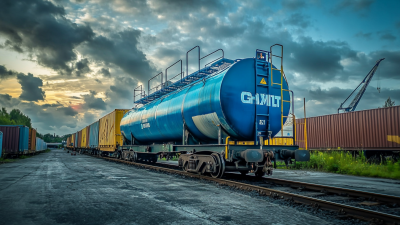
Unlocking Efficiency: The Benefits of Superior Tank Container Parts for Your Business
-

The Ultimate Guide to Understanding Iso Tank Fittings: Key Insights for Global Buyers
-
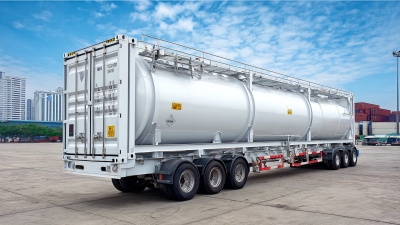
Ultimate Guide to Choosing the Right Tank Container for Your Business Needs
-
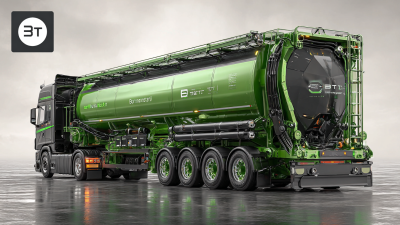
Revolutionizing Transportation: The Future of Best Bulk Tanker Trailers by 2025
-

Future Trends in Best Tank Container Parts and How to Adapt to 2025 Industry Changes
